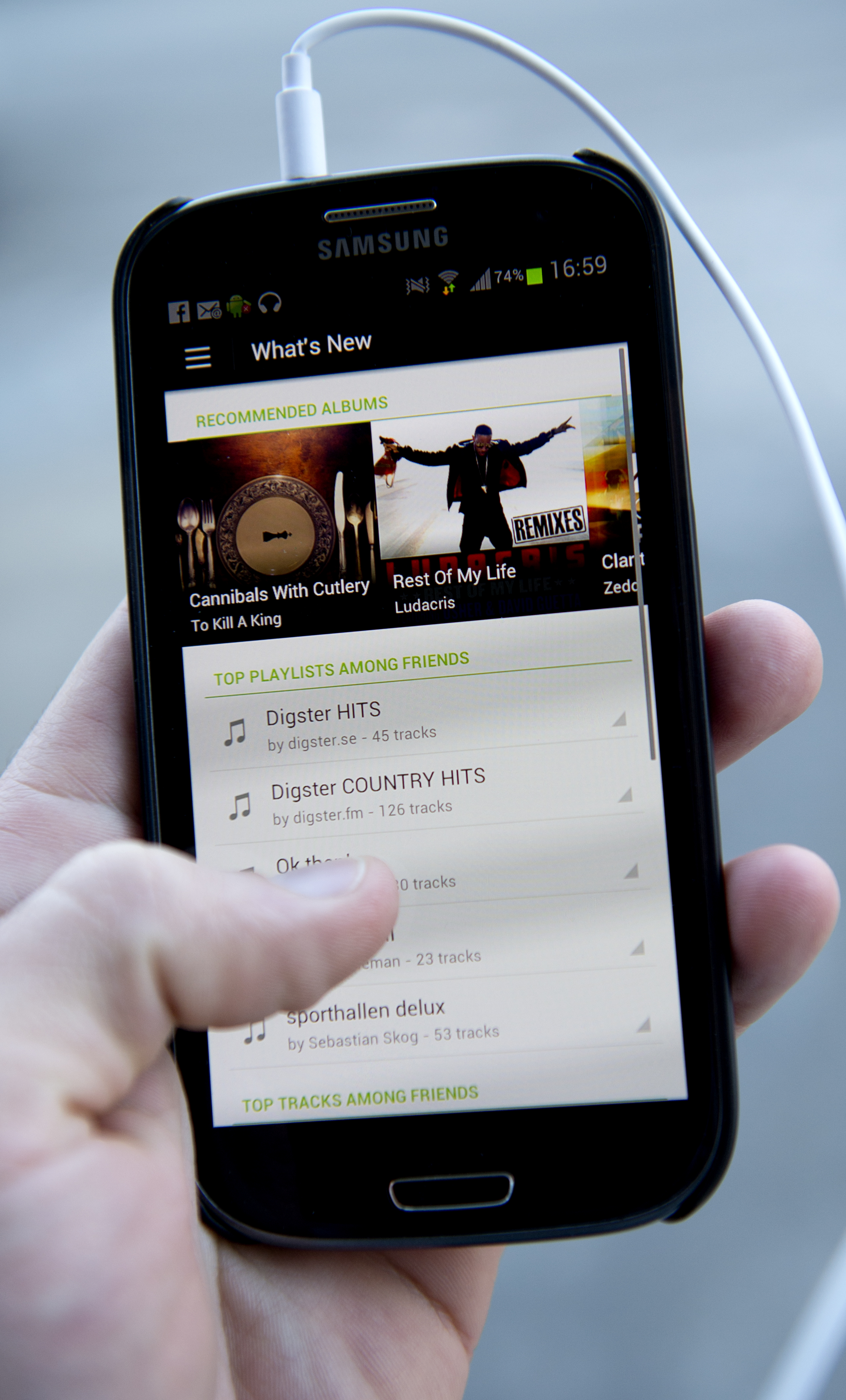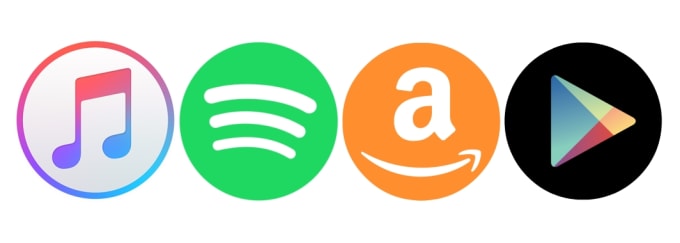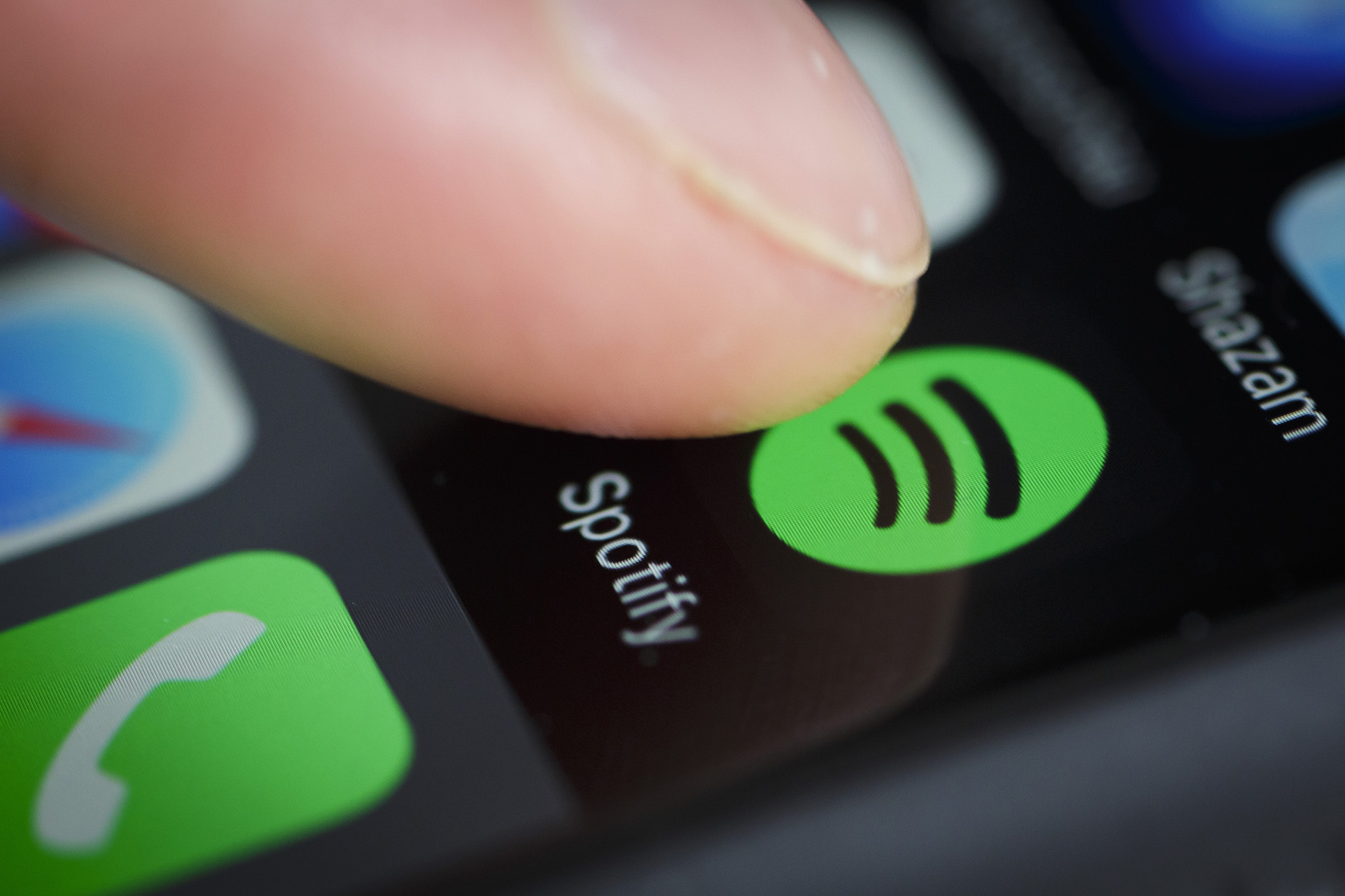

Instagram isn’t the only large social platform moving forward with creator monetization efforts.

Image Credits: Instagram Exclusive Story feature in development via Alessandro Paluzzi (opens in a new window) The third area is focused on revenue share, as with IGTV long-form video and short-form video, like Reels, he added. I love those because those give creators a direct relationship with their fans - which I think is probably more sustainable and more predictable over the long run,” Mosseri said. “The second is ways for users to actually pay creators directly - so whether it is gated content or subscriptions or tips, like badges, or other user payment-type products. One is commerce - so either we can do more to help with branded content we can do more with affiliate marketing…we can do more with merch,” he explained. “And so, largely, fall into three categories. “I think it’s super important that we create a whole suite of different tools, because what you might use and what would be relevant for you as a creator might be very different than an athlete or a writer,” he said. “We need to create if we want to be the best platform for creators long term, a whole suite of things, or tools, that creators can use to help do what they do,” he said, explaining that Instagram was also working on more creative tools and safety features, as well as tools that could help creators make a living.

Instagram, so far, hasn’t made a public announcement about these specific product developments, instead choosing to speak at a high level about its plans around things like subscriptions and tips.įor example, during Instagram’s Creator Week in early June - an event that could have served as an ideal place to offer a first glimpse at some of these ideas - Mosseri talked more generally about the sort of creator tools Instagram was interested in building, without saying which were actually in active development. The use of NFTs in the music industry will allow artists to be paid more fairly as well as generate more income by selling digital albums and NFTs for exclusive and backstage content, merch and unreleased music.Image Credits: Alessandro Paluzzi (opens in a new window) That could include selling digital albums or using NFTs to unlock perks at gigs, from merchandise to backstage passes. The vast majority of the $17.7bn worth of NFTs traded last year were for visual artworks, games and collectibles, according to market tracker .īut even as the frothy NFT market has shown signs of deceleration in recent weeks, many in the crypto industry have tipped music as a breakout new application for NFTs this year. NFTs use blockchain technology to certify ownership of digital assets.

Other social media companies, including Twitter and Reddit, are also working to build new features for displaying or trading NFTs. This week, Facebook founder Mark Zuckerberg confirmed the FT’s report earlier this year that Instagram would soon start to support NFTs. Spotify is the latest tech giant to venture into NFTs and head off potential competition from crypto start-ups. Two recent job ads show Spotify is recruiting people to work on early-stage projects related to “Web3”, a tech buzzword for a blockchain-powered network that some crypto enthusiasts hope will wrestle control back from the Big Tech platforms that dominate today’s internet. Spotify is drawing up plans to add blockchain technology and non-fungible tokens to its streaming service, fuelling excitement in the crypto and music industries about the potential of NFTs to boost artists’ earnings.


 0 kommentar(er)
0 kommentar(er)
